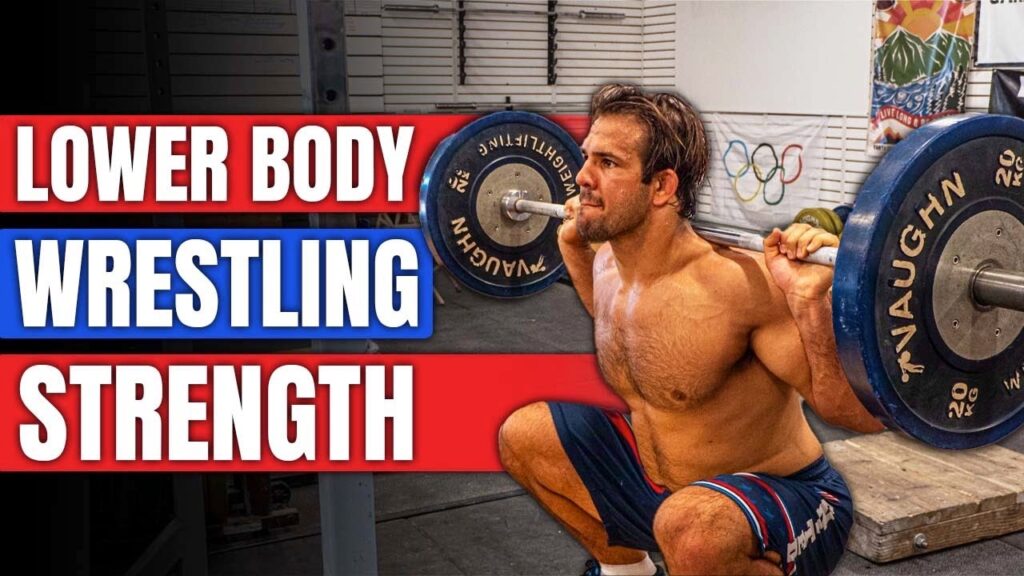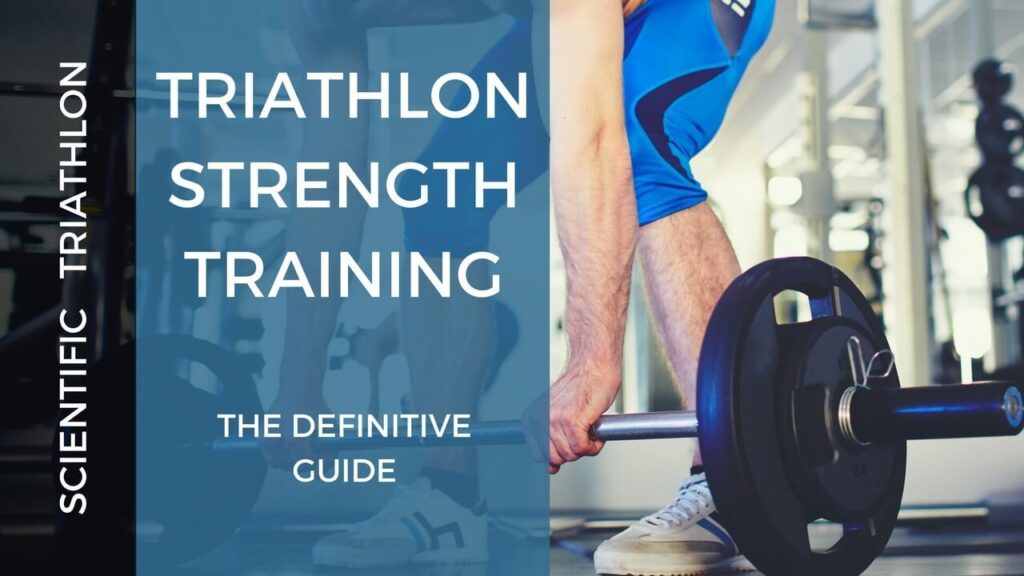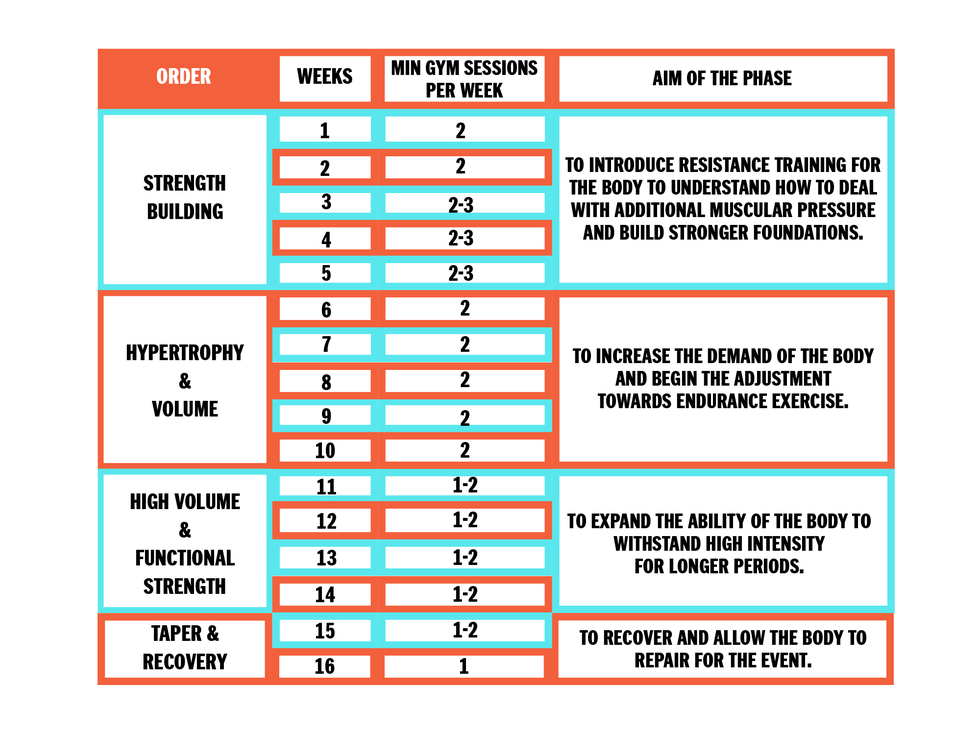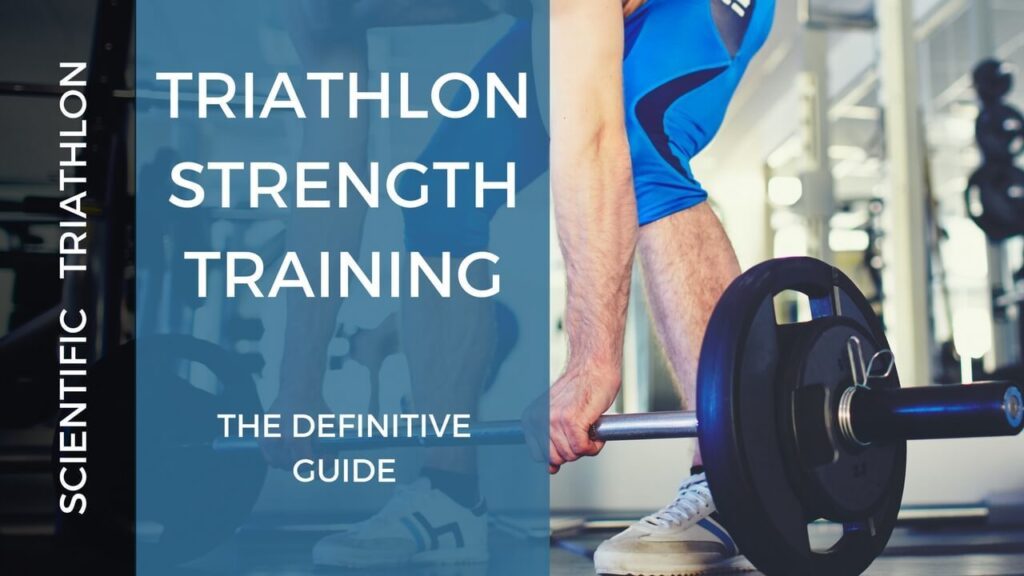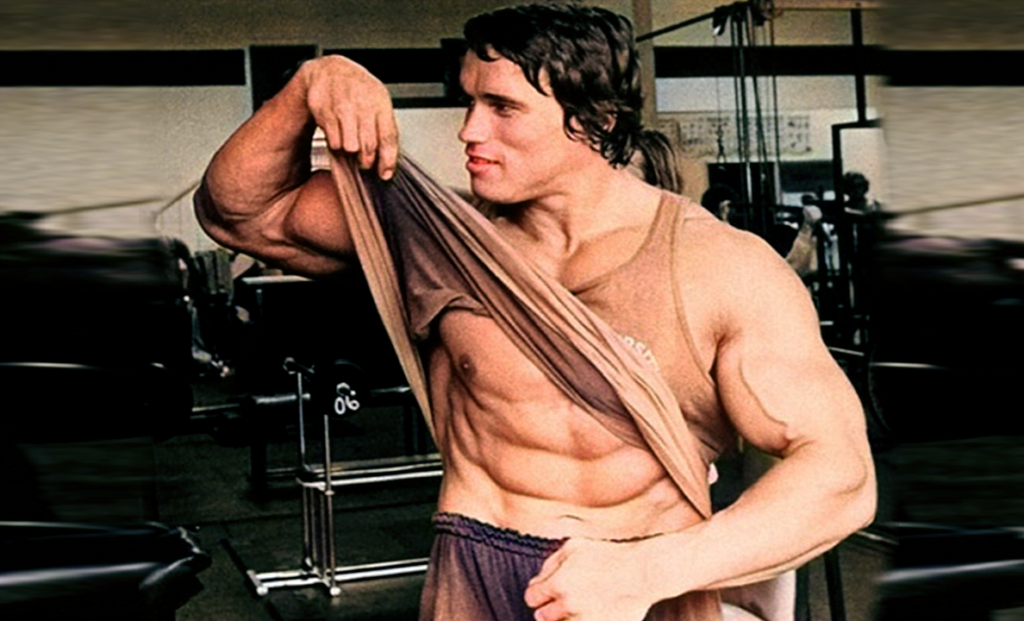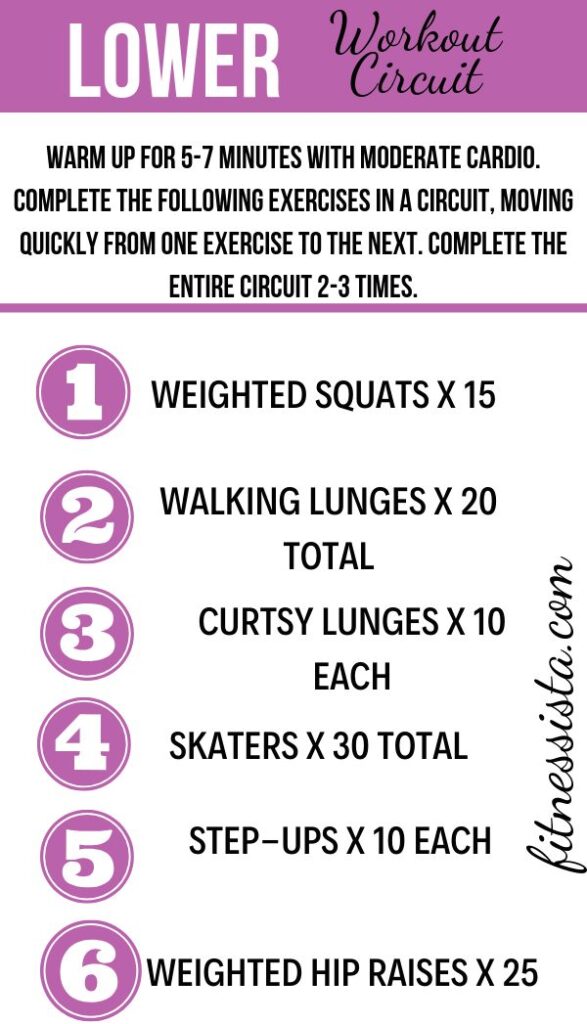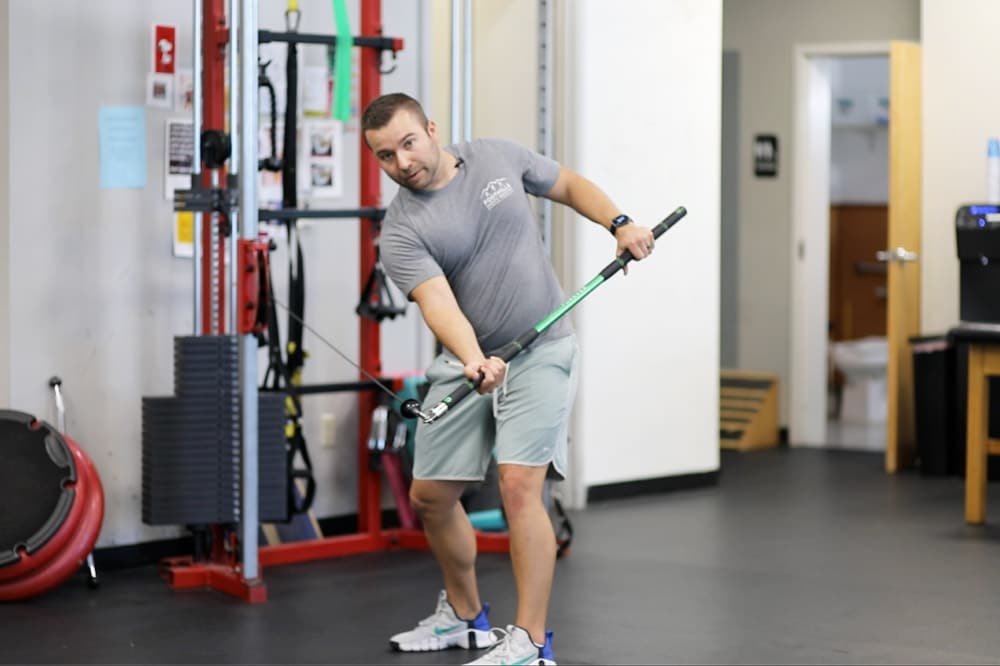Wrestling strength training focuses on building power, endurance, and agility. It enhances performance and reduces injury risk.
Wrestling demands a unique combination of strength, speed, and stamina. Effective strength training routines are essential for wrestlers to maximize their potential on the mat. Workouts should target core muscles, improve grip strength, and increase explosive power. Incorporating exercises like deadlifts, squats, and plyometrics can significantly enhance a wrestler’s performance.
Consistency and proper technique are key to preventing injuries and ensuring long-term success. Wrestlers also benefit from tailored conditioning programs that address their specific needs. By prioritizing a well-rounded strength training regimen, athletes can gain a competitive edge and excel in their wrestling careers.
The Role Of Strength In Wrestling
Wrestlers need to be strong, fast, and flexible. Strength helps them control their opponents. Speed lets them move quickly and surprise their rivals. Flexibility allows them to escape tight spots. These qualities combined help wrestlers perform better on the mat. Building strength improves their overall performance. Wrestlers with better strength can dominate their matches.
Strength gives wrestlers an edge in matches. It lets them lift and throw opponents easily. Powerful muscles help them hold their ground. With strength, they can resist attacks better. Strong wrestlers recover faster from moves. They also get tired less quickly. This lets them fight longer and harder. Endurance and strength go hand in hand. Wrestlers need both to succeed.
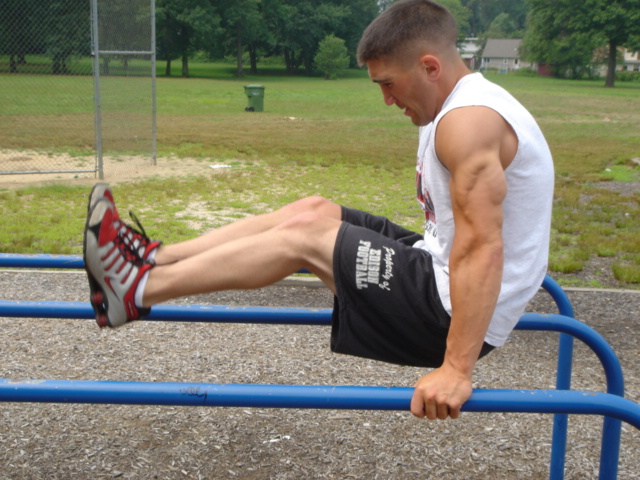
Credit: www.elitefts.com
Fundamentals Of Wrestling Strength Training
Wrestling strength training focuses on building power, endurance, and flexibility. These elements help wrestlers perform at their best. Strong muscles are crucial for holding opponents. Endurance allows wrestlers to last through long matches. Flexibility prevents injuries and improves movement. Wrestlers must train all muscle groups for balance. Focus on both upper and lower body exercises. Core workouts help with stability and control. Training should be consistent and intense.
Always warm up before training to prevent injuries. Stretching is essential for flexibility. Use proper techniques to avoid strains. Never lift weights that are too heavy. Partner exercises should be done with care. Wear appropriate gear to protect yourself. Take rest days to allow muscles to recover. Stay hydrated to maintain energy levels. Listen to your body and stop if something hurts. Safety is key to a long wrestling career.
Designing Your Wrestling Strength Program
Start by setting clear and specific goals. Make sure the goals are achievable and measurable. For example, aim to increase your deadlift by 20 pounds in 3 months. Keep track of your progress using a training log. Adjust your goals as you improve. This helps to stay motivated and focused. Remember to set both short-term and long-term goals. Consistency is key in achieving your goals.
Balance intense workouts with proper recovery time. Train hard but allow your muscles to rest. Overworking can lead to injury. Include rest days in your program. Use them to recover and rebuild muscle. Listen to your body. If you feel tired or sore, take a break. Proper rest helps you get stronger and prevent burnout. Incorporate stretching and light activities on rest days. This promotes flexibility and reduces stiffness.
Essential Strength Exercises For Wrestlers
Wrestlers need a strong core to maintain balance. Planks are excellent for core strength. Hold a plank for 1 minute. Russian twists help with rotational strength. Use a medicine ball for added resistance. Leg raises target lower abs. Perform 15 reps in each set.
Push-ups build chest and arm strength. Do 20 push-ups per set. Pull-ups work on back and biceps. Aim for 10 pull-ups. Dumbbell presses enhance shoulder power. Use moderate weights and perform 12 reps.
Squats are crucial for leg strength. Perform 15 squats per set. Lunges target multiple leg muscles. Do 12 lunges per leg. Deadlifts improve overall power. Lift with proper form to avoid injury.
Incorporating Plyometrics And Agility Training
Enhance wrestling strength training by incorporating plyometrics and agility exercises. Boost explosive power, speed, and overall athletic performance.
Benefits Of Plyometric Exercises
Plyometric exercises help build explosive strength. They improve muscle power and speed. Wrestlers need both for quick movements. Exercises like jump squats and box jumps are effective. They also enhance coordination and balance. This makes wrestlers more agile on the mat. Plyometrics also reduce the risk of injuries. This is because they strengthen tendons and ligaments.
Agility Drills For Quick Movements
Agility drills improve footwork and reaction time. These drills are essential for wrestlers. Cone drills and ladder drills are popular choices. They enhance speed and directional changes. Wrestlers can dodge opponents more effectively. Shuttle runs also help in quick bursts of speed. Agility training keeps wrestlers light on their feet. This is crucial for avoiding takedowns.

Credit: www.garagestrength.com
Nutrition For Wrestlers In Strength Training
Wrestlers need a balanced diet for muscle gain. Protein-rich foods like chicken, fish, and eggs help build muscles. Complex carbohydrates such as brown rice and sweet potatoes provide energy. Healthy fats from avocados and nuts are essential. Vegetables and fruits offer vital vitamins and minerals. Small, frequent meals keep energy levels stable. Post-workout snacks with protein and carbs aid recovery.
Proper hydration is crucial for wrestlers. Drinking water before, during, and after training is important. Electrolyte drinks help replace lost minerals. Dehydration can impair performance and cause fatigue. Monitor urine color to check hydration levels. Clear or light yellow urine indicates good hydration. Carry a water bottle to stay hydrated throughout the day.
Monitoring Progress And Adjusting Workouts
Tracking progress and tweaking workouts elevate wrestling strength training. Regular adjustments ensure continuous improvement and optimal performance. Tailored routines help wrestlers meet specific goals and stay competitive.
Tracking Strength Gains
Track strength gains with a workout log. Write down each exercise and the weights used. Record the number of sets and reps. This helps you see progress over time. It also shows where you need to improve.
Use apps or spreadsheets for easy tracking. Weekly reviews can help you stay on track. Celebrate small victories to stay motivated.
When To Scale Up Intensity
Increase intensity when workouts feel too easy. Add more weight or reps. Small increases are best. This helps muscles grow without injury.
Listen to your body. Rest if you feel pain. Always warm up before adding more intensity. Adjust workouts every few weeks for best results.

Credit: www.youtube.com
Common Strength Training Mistakes To Avoid
Overtraining can harm your body. Muscles need time to heal. Too much training causes injuries. This slows progress. Rest days are important. They help muscles recover. Avoid training every day. Listen to your body. Know when to stop. Injuries can be painful. They take time to heal. Plan rest days in your schedule.
Flexibility and mobility are crucial. They improve performance. Stretching reduces injuries. It helps muscles stay loose. Tight muscles can tear. This leads to pain. Warm up before workouts. Stretch after training. Yoga is helpful. It increases flexibility. Try different stretches. Keep muscles healthy. Make it a habit. Your body will thank you.
Recovery Strategies For Wrestling Strength Athletes
Rest days are crucial for muscle growth. They help in repairing muscles after intense workouts. Skipping rest days can lead to injuries. It also causes overtraining syndrome. Rest days improve mental health too. They reduce stress and anxiety levels. Proper rest boosts overall performance.
Active recovery helps in reducing muscle soreness. Light activities like walking or swimming are effective. They increase blood flow to muscles. This aids in faster recovery. Stretching exercises also help. They improve flexibility and prevent stiffness. Foam rolling can be beneficial too. It helps in breaking down scar tissues.
Psychological Aspects Of Strength Training
Wrestlers need mental toughness to succeed. This means staying strong, even when tired. Positive thoughts help during tough matches. Wrestlers should always focus on their goals. Determination is key to pushing through hard times. Having a strong mind helps in training and competitions. Confidence grows with each success. Wrestlers must believe in their abilities.
Every wrestler faces plateaus and setbacks. They are part of the journey. Patience is essential during these times. Wrestlers should review their training plans. Small changes can lead to improvements. Seeking advice from coaches can help. Staying motivated is crucial. Remember, setbacks are temporary. Learning from them makes wrestlers stronger. Celebrate small victories to stay encouraged.
Frequently Asked Questions
How Do Wrestlers Train Strength?
Wrestlers train strength through weightlifting, bodyweight exercises, and resistance training. They focus on compound movements like squats, deadlifts, and bench presses. Consistent practice and proper nutrition are crucial.
What Lifts Are Best For Wrestling?
The best lifts for wrestling include deadlifts, squats, bench presses, power cleans, and pull-ups. These exercises build strength, power, and endurance.
What Is The Strength Training Program For High School Wrestling?
A high school wrestling strength training program includes weightlifting, bodyweight exercises, agility drills, and core workouts. Focus on squats, deadlifts, pull-ups, and plyometrics. Train 3-4 times a week, emphasizing proper form and gradual progression.
Does Weightlifting Help Wrestling?
Yes, weightlifting helps wrestling by increasing strength, power, and endurance. Improved muscle mass enhances performance and reduces injury risk.
What Is Wrestling Strength Training?
Wrestling strength training focuses on building power, endurance, and agility to improve performance in wrestling matches.
How Often Should Wrestlers Train Strength?
Wrestlers should train strength 3-4 times per week to build and maintain muscle, power, and endurance.
What Exercises Are Best For Wrestlers?
Best exercises include deadlifts, squats, bench presses, pull-ups, and grip strength workouts to enhance overall performance.
Should Wrestlers Do Cardio Training?
Yes, cardio training improves cardiovascular endurance, helping wrestlers maintain high intensity throughout matches.
How Important Is Grip Strength For Wrestling?
Grip strength is crucial for wrestling. It aids in controlling opponents and executing various holds and maneuvers effectively.
Can Bodyweight Exercises Benefit Wrestlers?
Yes, bodyweight exercises like push-ups, pull-ups, and planks improve functional strength and stability for wrestling.
Conclusion
Strength training is essential for wrestling success. It enhances power, endurance, and injury prevention. Incorporate these exercises into your routine. Stay consistent and focus on proper form for best results. Achieve peak performance by integrating strength training into your wrestling regimen.
Train smart, and you’ll see significant improvements on the mat.

